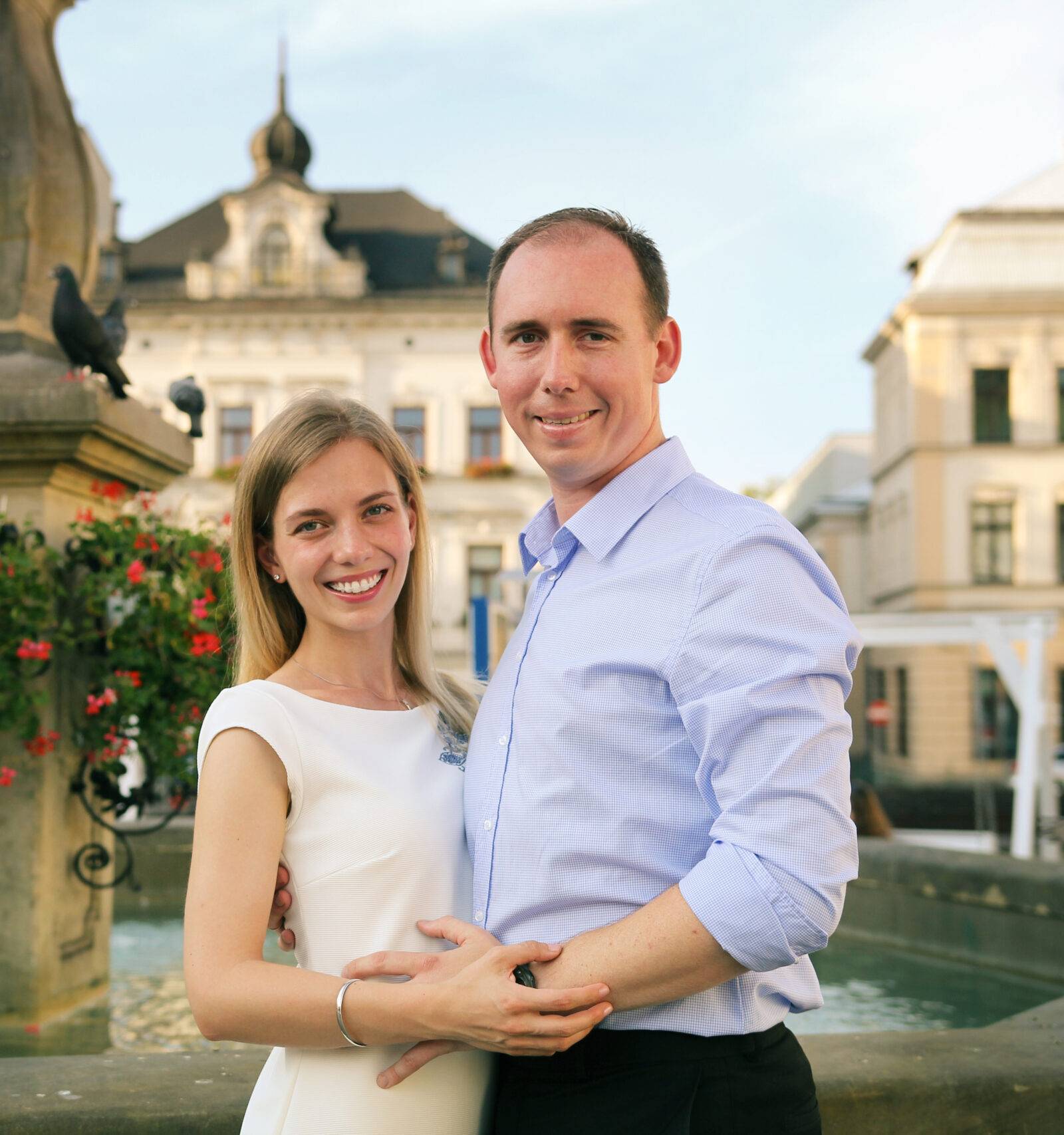While industrialization and urbanization have changed the physical look of traditional Czech areas, Bohemia and, to a lesser extent, Moravia remain separate entities with unique national and cultural histories. It is common practice in southern Bohemia and southeastern Moravia to serve regional specialties and to dress in traditional folk costumes on holidays and other special events. Wooden buildings are characteristic of several rural locations.
Emigration to urban areas in Austria-urban Hungary and other countries, especially the United States, slowed population growth in the late nineteenth and early twentieth centuries. The most significant trend during the federation years was the continuous increase in population. Lifestyle changes related to urbanization and increased employment of women outside the home contributed to this very moderate pace of growth. But since the mid-1990s, the Czech Republic’s population has been falling steadily. Due to a declining birthrate and an increasing average life expectancy, the average age of the Czech population has risen by the turn of the twenty-first century.
The nationalization of all church property in 1949 meant that no official data on religion were recorded throughout the communist era, but the government nonetheless supported church activities. The official ideology of the communist government was atheism, and the role of the churches was mainly confined to religious rites. Even though religious freedom was reinstated in 1989, a large majority of Czechs still identified as atheist or agnostic by the turn of the millennium. An estimated 10% of Czechs identify as Roman Catholic, thanks mainly to Pope John Paul II’s visit to the country in April 1990. The Evangelical Church of Czech Brethren is the largest of several minor Protestant denominations in the Czech Republic. The Czechoslovak Hussite Church, founded in 1920 but changed its name in 1972, claims the allegiance of a large portion of the Czech population.



